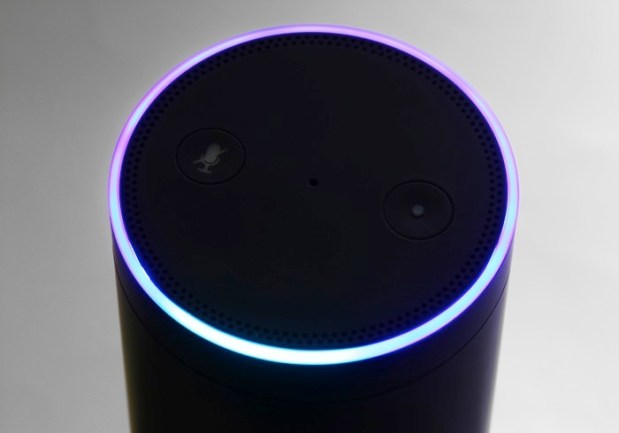Amazon Echo Goes Prime Time

Seven months after its invite-only release, Amazon’s voice-controlled smart speakers are now available for everyone to purchase and will start shipping on July 14, the company announced yesterday (June 23).
But Echo is more than just a set of Bluetooth-enabled speakers; the gadget is designed around the voice of the user, enabling hands-free voice control for music, information from the Web, weather, news, shopping and more.
The brain behind the device, Alexa, is cloud-based, meaning it will continue to gain knowledge and add more functionality as time goes on. Since Echo was first released seven months ago, Alexa has improved its ability to answer questions, enhanced its speech recognition and accuracy and expanded its skill set, the company stated.
“The customer response to Amazon Echo has been incredibly positive, and we’ve been working hard to build more as quickly as possible. We are grateful to our early customers for their incredible engagement and for providing us with invaluable feedback to help shape Echo as it evolves — with their help, we’ve been able to add features like Audible, Pandora, home automation, sports scores, calendar and more,” Amazon Echo Vice President Greg Hart said in a company release. “We’re excited to get Echo into the hands of even more customers and continue to invent new features and experiences.”
Echo will include a host of new capabilities, such as access to Google Calendar, sports scores and schedules, traffic updates and customized news from a range of media outlets, including TMZ and The Economist. With the integration of connected home products like Belkin WeMo and Philips Hue, Echo can be told to turn on a fan or even dim the lights.
One of the most talked about updates is Echo’s ability to order or reorder Prime-eligible products. The introduction of an eCommerce aspect to the device allows it to place an order on command, based on Amazon order history. It can then order the Prime-eligible item using default payment and shipping information linked to an Amazon account.
The technology powering Echo uses on-device keyword spotting to detect audio, which then leverages Amazon Web Services to recognize and respond to requests. In order to hear a voice from anywhere around the room, the device uses far-field voice recognition along with an array of seven microphones.
To check out what else is HOT in the world of payments, click here.